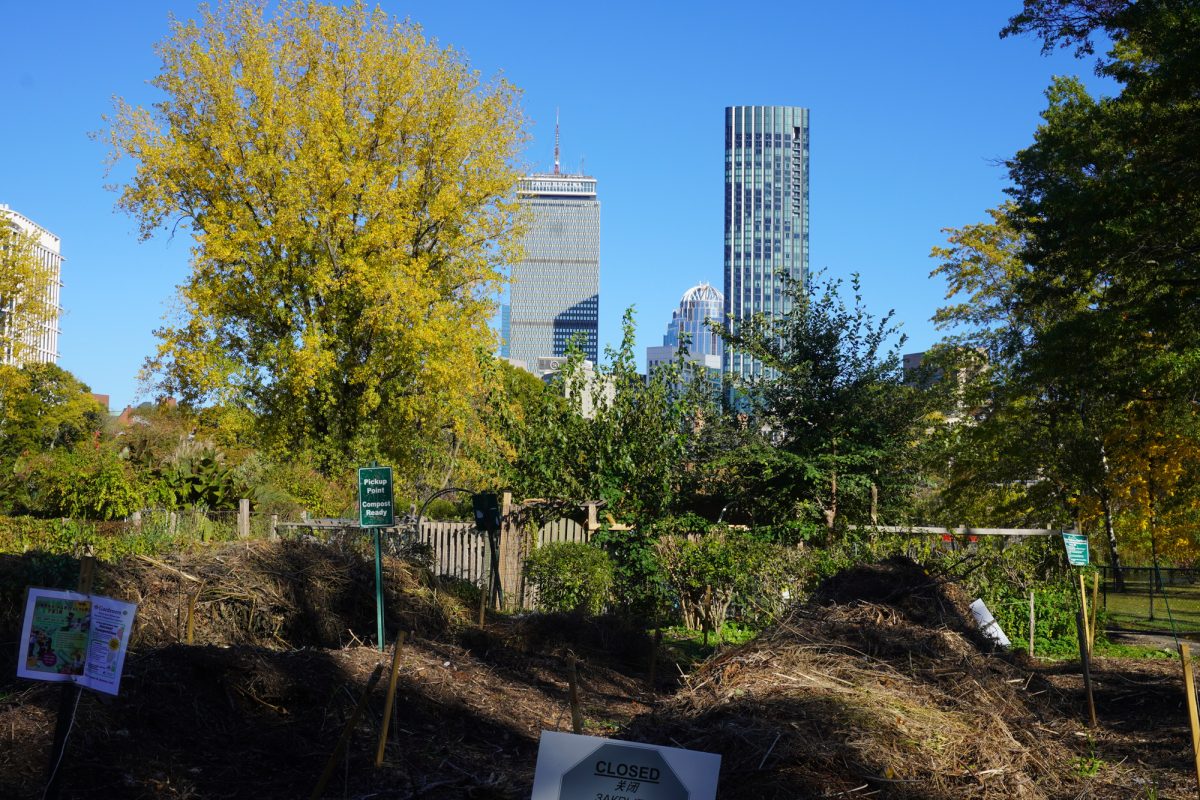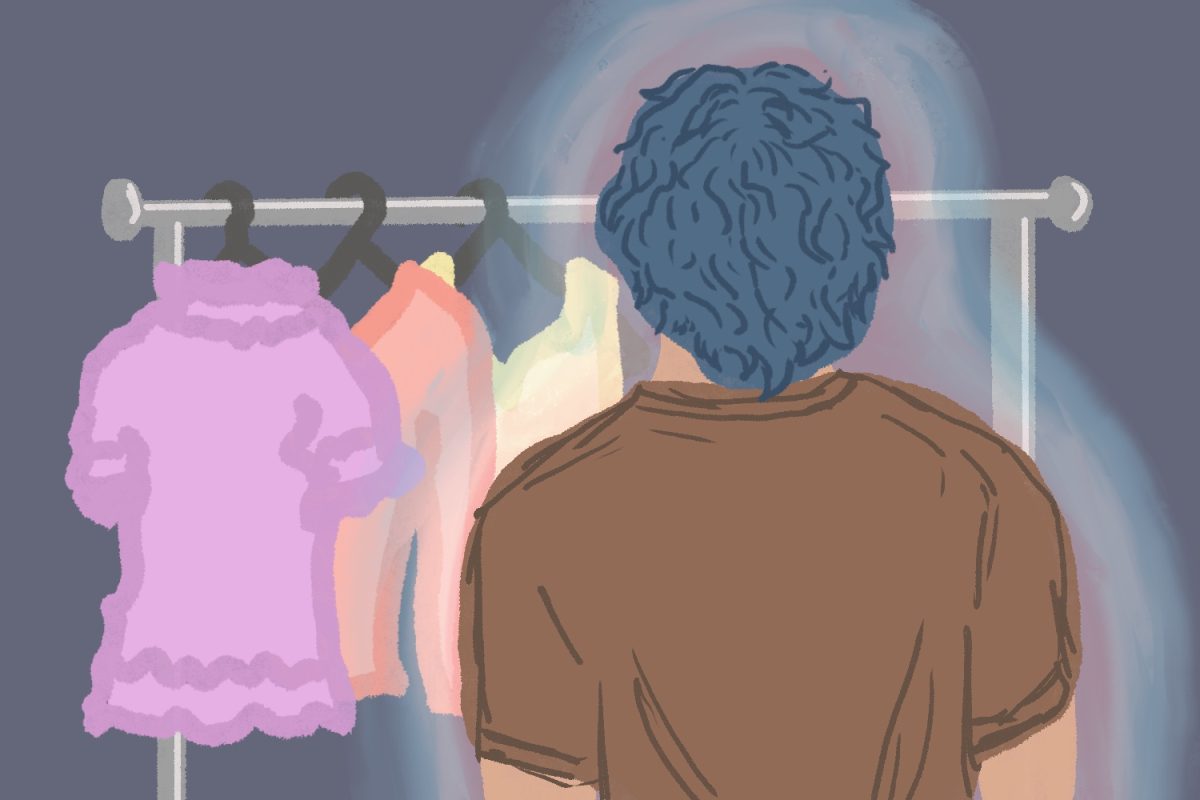
Boston University has implemented many rules, changes and restrictions to prevent the spread of COVID-19, the effects of which have led to a total positivity rate of 0.21% on campus, according to data provided by the BU COVID-19 Testing Data Dashboard — comparatively lower than the surrounding city of Boston, which is currently at 1.1%.
But some members of the BU community have noted inconsistencies in the pandemic-related policies that have allowed for them to be circumvented, even if most are properly enforced.
Hannah Emily Landsberg, director of case management and contact tracing at BU Healthway, wrote in an email restrictions and measures helped keep the community accountable, but it was also BU’s initiatives that contributed to its low positivity rate.
“We are fortunate to have a number of resources on campus to mitigate spread,” she wrote. “A genuine respect for the health and safety of others in our community and surrounding communities has been a wonderful thing to see.”
Those resources include frequent testing with fast results, efficient contact tracing, separate quarantine and isolation housing, paid staff sick leave, as well as increased effort from campus facilities workers, according to her email.
In regard to BU’s restrictions, some say they believe most safety enforcements are created with sensible intentions, although are sometimes limited in effectiveness.
Sinan Bruce, a junior in the College of Arts and Sciences, said the University has responded relatively well to the pandemic, which can be attributed to its financial expenditure.
“We have a lot more resources than a lot of other colleges,” he said. “I guess we have a lot of money to spend to have access to these resources for handling COVID.”
Bruce said the restrictions placed around campus are “common sense,” and work in combination with a responsible student culture. The only place on campus where COVID-19 rule enforcement tends to be lax, he said, is within dining halls.
“There have been some students who would eat together as groups,” he said. “But in order to do that, they would shift tables around, shift chairs around in order to be closer together.”
BU removed household tables from dining halls in February, motivated by concerns related to socialization and the spread of the virus.
Bruce said the issue seems to have been exacerbated by their removal. Those who choose to eat in the dining hall resort to moving chairs to be with their friends, he added, and he doesn’t usually see the dining hall staff enforcing social distancing restrictions.
Students must complete symptom surveys to enter on-campus buildings — such as dining halls, dormitories and the George Sherman Union, among others — and access Blackboard, and must present their green badges to attend in-person class.
Sadie Drinkward-Herrmann, a freshman in the College of General Sciences, said she’s noticed rule enforcement was lacking in classrooms.
“When it comes to in-person classes,” she said, “I’ve never had my badge checked,”
In the CGS building, Drinkward-Herrmann added, badges are checked only when students enter the study room. She said she didn’t know professors were supposed to check students’ compliance until now.
John Ngo, assistant professor in the College of Engineering, said around 30 students of 120 attend his in-person classes — well under the limit in relation to the size of the lecture hall. He added COVID-19 rules are properly enforced in his classroom.
“Before going into the class,” Ngo said, “there is someone who sits at the entry of the classroom and checks to make sure that the badge has shown that the symptom survey has been completed for that particular day.”
That daily symptom check, Drinkward-Herrmann said, is the least “beneficial” tool BU has implemented to control virus spread
“I don’t think a lot of students are inclined to say that they have symptoms,” she said, “and I just think that people just go ‘no, no, no, no, no,’ and then they get on with their day, even if they do feel sick.”
CGS freshman Thorbjorn Kaerskov said there is little COVID-19 rule enforcement on the BU Shuttle in regard to social distancing, but in his experience, it hasn’t been a problem.
“I feel like it’s a compromise between the safest protocols that they could enact and the reality,” Kaerskov said, “which is that there are a lot of riders, and that they need to be able to accommodate for people that might not be able to stand and such.”
Riders are expected to wear masks, stand in specified locations and not use seats marked “do not sit here,” according to the BU Shuttle website. Additionally, shuttles have a capacity ranging from 20-31 passengers, depending on the size of the bus.
BU spokesperson Colin Riley said he has much admiration for everyone’s effort through this “extraordinarily challenging year.”
“I think it’s worked very well,” Riley said. “I think it was a challenge. I think our students rose to it, despite a handful of occasional issues, but not widespread. By and large, everyone did a terrific job.”
Without the efforts of the Medical Advisory Group, residence and professional staff, students and the F— It Won’t Cut It student-run campaign, none of this could have been achieved, he added.
“I’d say it’s across the board,” Riley said. “I think none of them alone would have worked. They all work together.”
Kaerskov said, more than any restriction, BU’s frequent COVID-19 testing has been a significant contributor to mitigating the spread of the virus.
“I’ve seen varying degrees of effort on the behalf of students,” he said, “but generally getting tested every day and the way that they enforce that with the badge, I think that’s the cornerstone of their response.”























































































































